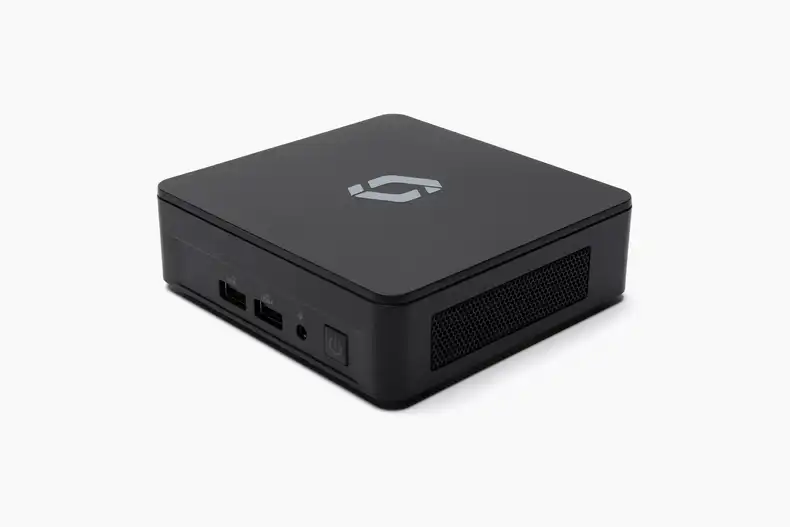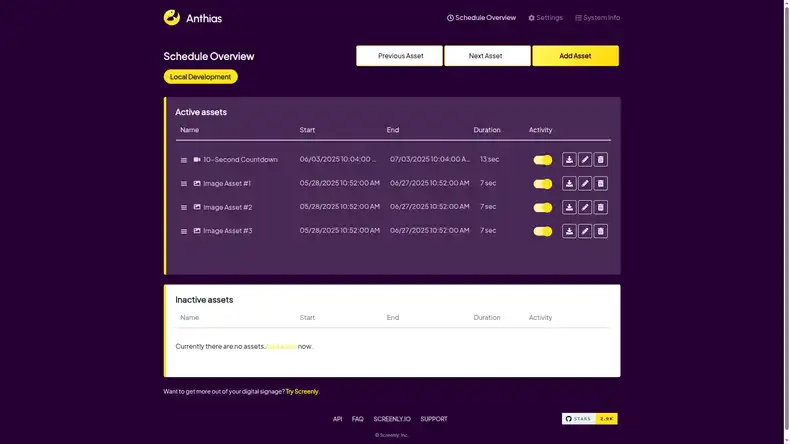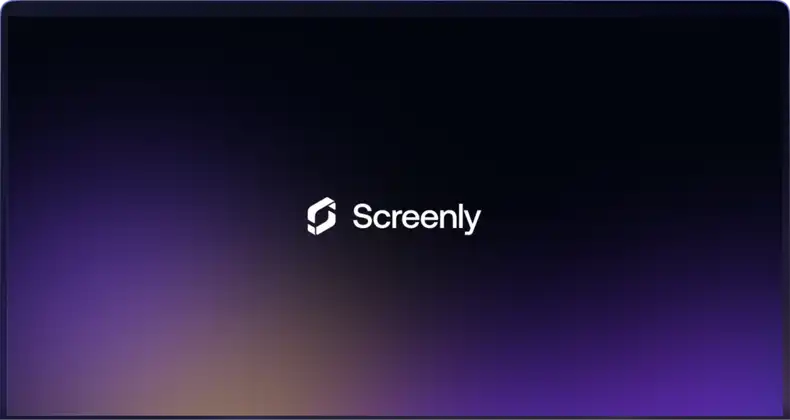If you are considering digital signage for your company or organization, a natural question to ask is, “How do I accurately measure the return on investment (ROI) for my digital signage solution?” A quick survey of existing articles regarding measuring ROI for digital signage will show you that there is not one simple formula or clear answer to this question. In this article, we will review why it is difficult to answer this question, and we will provide you with some useful tips so that you can put your best foot forward in your ROI calculations.
What is return on investment (ROI)?
Put simply, ROI provides you with a quantification of how much “return” you receive from your “investment”. In other words, ROI helps you determine the quality or effectiveness or any return-generating activity. To calculate ROI, use the following method:
-
Quantify the total revenue generated from a given activity
If you sold 10 widgets at $10 a piece, you generated $100 in total revenue. -
Quantify the total cost of engaging in that activity
Your cost of producing and selling all 10 widgets was a total of $75. -
Subtract this total cost (from Step 2) from the total revenue generated (from Step 1). This gives you the total profit generated from the activity.
$100 in total revenue minus $75 in total cost yields $25 in profit generated. -
Divide the profit (from Step 3) by the total cost (from Step 2). Then, multiply this number by 100 and you have the ROI expressed as a percentage.
$25 in profit divided by $100 in total revenue yields an ROI of 25%.</em </p> </li> </ol> You can compare ROI numbers across different activities and products in your business. This comparison will tell you the relative productivity of each activity or product. In difficult times when cash or resources are limited, you can then focus on the activities and products with the highest ROI. ## Difficulties with making a digital signage ROI calculator To calculate your ROI for digital signage, you need to use the steps described above in the context of your digital signage network or single display. This is where the difficulty comes in, and this is where many articles that claim to show how you can calculate digital signage ROI lose momentum and become unclear. Below, we aim to embrace and engage with these difficulties in measuring digital sign ROI. First, let’s consider following Step 1 from the previous section. It is difficult to determine the revenue generated from digital signage. For example, if you install digital signage menu boards in a restaurant, it is unclear how much of the following sales of any given menu item are attributable to your digital signage. While you can calculate the change in total revenues before and after your digital signage is implemented, there are often other variables at play such as promotions and special offers that have been introduced, menu changes, seasonal variations in revenue, or just run-of-the-mill month to month variation in sales. With these other variables at play, how much of a change in revenue is attributable to your digital signage? It is difficult to tell. For Step 2, calculating the cost of your digital signage is a bit easier. To run digital signage, you need a display screen, you need a digital signage player that plugs into your display screen, and you need a subscription to digital signage management software. These all have clearly stated costs that can easily be summed. There are also various other costs that are associated with your digital signage that must be considered. For example, when calculating retail digital signage ROI, retail outlets often spend quite a bit in hourly fees for designers to create promotional content and advertising assets. This cost must be considered in your overall digital signage costs. Other costs are more difficult to quantify, such as the cost of staff time deploying digital signage content and otherwise managing the company’s digital signage network. These costs are often difficult to determine, as staff do not use a stopwatch to calculate the time they spend dealing with the organization’s digital signage (nor should they, as this would take up too much time itself to make economic sense). Additionally, there are other unclear costs, such as the cost of digital signage hardware over time. For example, if your company invests in several large HD displays or builds a state of the art video wall, there is a significant upfront investment. In calculating the costs of your digital signage ROI over a given period of time, you must consider the depreciation costs of these display assets in order to quantify how much these displays contributed to your digital signage costs over a given time period. Note that the previous paragraphs aren’t meant to be all doom and gloom. They are simply meant to highlight some important and often understated difficulties in calculating digital signage ROI. ## So, what should you do about digital signage ROI? Given these difficulties, what should your company or organization do? Should you just throw up your hands and give up entirely on calculating both short term and long term digital signage ROI? No, you absolutely should not. While it is important to note the difficulties of measuring ROI for your digital signage, it is also important to not beat yourself up in attempt to perfectly calculate the ROI. After all, you are just trying to better manage your business. You are not producing a thesis for a finance or accounting degree. Additionally, you do not want to spent too much time on analysis such that you need to account for your own time as line item in your digital signage costs. The best thing to do when calculating digital signage ROI is to keep things simple. When factoring in the cost of your upfront digital signage hardware and display costs, simply divide these costs over an expected lifespan of 18 months. Is this 100% accurate? No. Is it accurate enough to start generating some decent ROI metrics? Absolutely. When you are calculating the cost of staff time devoted to managing digital signage, simply ask whomever is responsible for your digital signage how much time they spend on digital signage management. This will be an estimate, and you should be comfortable with that. Similarly, when calculating the revenue generated from digital signage, simply do a before and after comparison. If you advertise a particular menu item on your digital signage display, see how much more (or less) of that item was sold after it was displayed and how much was sold when the item was not displayed. Simply use this difference as the revenue generated from your digital signage. Keeping things simple will allow you to use the previously mentioned ROI formula in the context of your digital signage solution. There will always be known and unknown variables that, for practical purposes, cannot and should not be considered in your ROI calculations. Just keep your methodology consistent, and you can then use your digital signage ROI calculations over time to improve your business and digital signage strategy. It's better to start somewhere with measuring digital sign ROI than getting overwhelmed by the complexity and not starting at all. ## Stay tuned As a provider of [digital signage hardware](https://beta.screenly.io/digital-signage-players/) and [software](https://beta.screenly.io/screenly-ose-vs-pro/), we at Screenly are often asked about ROI for digital signage. Accordingly, we are going to be producing more content on this topic over the coming months. Later this week, we’ll publish an article on the difference between ROI and Return on Objective (ROO), a metric that is best suited for measuring return when the desired improvements are not easily quantified in dollar amounts. For example, ROO is best used when the primary objective of your digital signage is to improve internal communications or to improve the customer experience. We’ll also be publishing digital signage ROI case studies from conversations with some of our users. Stay tuned!





